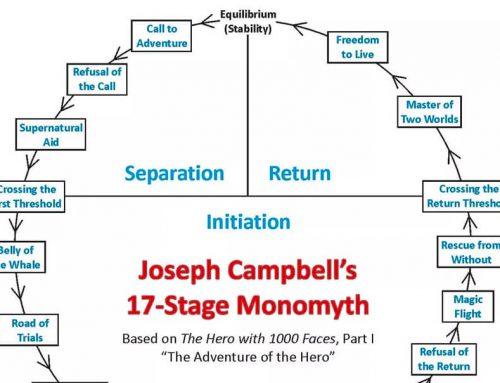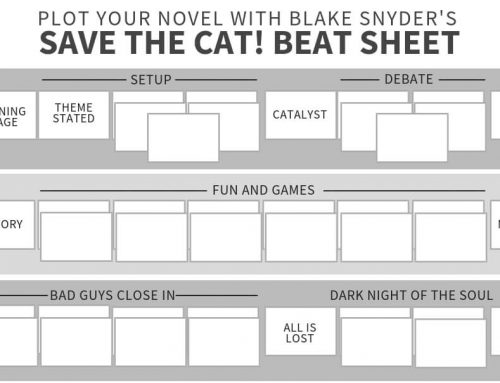
The Basics of Plot
The plot is the framework of the story. It's the bones. It's the rungs on the ladder.
Some stories flow without too much planning and organically unfold with a beginning, middle and ending. Other stories, usually the more complex ones, require more pre-pre planning.
If your story takes only one page to tell—or needs seven thick books—it will always have a beginning, conflicts to challenge the character, a climax and an ending. Generally speaking, you'll need to know the end of your story before you can write the beginning.
Okay. I know. You're thinking "Really? Finding Nemo?" But this short video is a really good reminder of how the parts of the plot work together.
The Opening: Establish setting (when and where the story takes place); the characters (who's in your story; and the problem (what is story going to be about).
If your story has a theme or message, it's best to fit it in toward the beginning as well.
The Opening "ends" when something or someone has come into your character's "world" and changed it forever*.
The Conflicts: These are the problems the character must overcome. Conflicts should build in intensity. This strength allows your character to face the final challenge, the climax.
The Climax: This is the "live or die" moment. It doesn't face to be actual life or death—but it must be a point that the character cannot turn away from. Something has to give. And after the character has faced the climax, life will be different.
The Ending: Sometimes the ending is called the Resolution because everything has been "resolved." The character has changed in some way after facing his/her conflicts and survived the climax. The world the character returns is the same, but the character views it differently
If only it was so easy!
Let's take it those steps and add a few more writing tips:
The "villain" or antagonist in the story is a key element in moving the plot forward. Examine what your antagonist is doing at each step to be sure he/she is challenging your protagonist.
Hang the poster board of your story nearby. It will help you when you get stuck or if you find your story taking unexpected turns (characters will do this to you), you make the changes right there on the poster board. This is the easiest way to see if other parts of the story will need to change too.
Sticky notes are also very helpful. I've taken a pad of sticky notes and wrote what each character will do at each part of my plot. I could move them around them easily, throw some away, and add new ones.
How to plot How to plot
Try to create a one or two sentence "logline" of your story. This isn't a first step, but after you've tinkered with the ideas of your plot, try to see if you can put it into a couple of sentences. If you can't, then you'll know where you're getting stuck. Now, you can focus on that part.
Be patient with your plot. There's a story in your idea and it will take some effort to untangle. If something doesn't seem to want to 'cooperate', then let it go.
Keep a writer's journal of your struggles. Ask yourself questions. Better yet, ask your character those questions. Begin a dialogue with your character in a letter or journal. Just let the words flow. Don't force them to go to where you 'think' you want your plot to go—see where they take you. You can always adjust your plot (especially if you used your sticky notes).
If you've read (and loved) Harper Lee'sTo Kill A Mockingbird, then you should read Go Set A Watchman. Because Go Set A Watchman is horrible.
Absolutely terrible. But, we can thank the literary gods that Harper Lee didn't stop crafting the story.
To Kill A Mockingbird is in there—you can see it, feel it—but she had a lot of untangling to do before To Kill A Mockingbird could be born.
Google your favorite musicians and look for their early songs. Chances are, they're horrible too.
Art knows not of time. It's most beautiful self will present itself when the time is right.
There are sooooooo many books about how to plot your story. I selected the ones I have read and found helpful and linked them for you below. You'll want to get at least one to help guide you through creating your plot.
Recommended Reading




